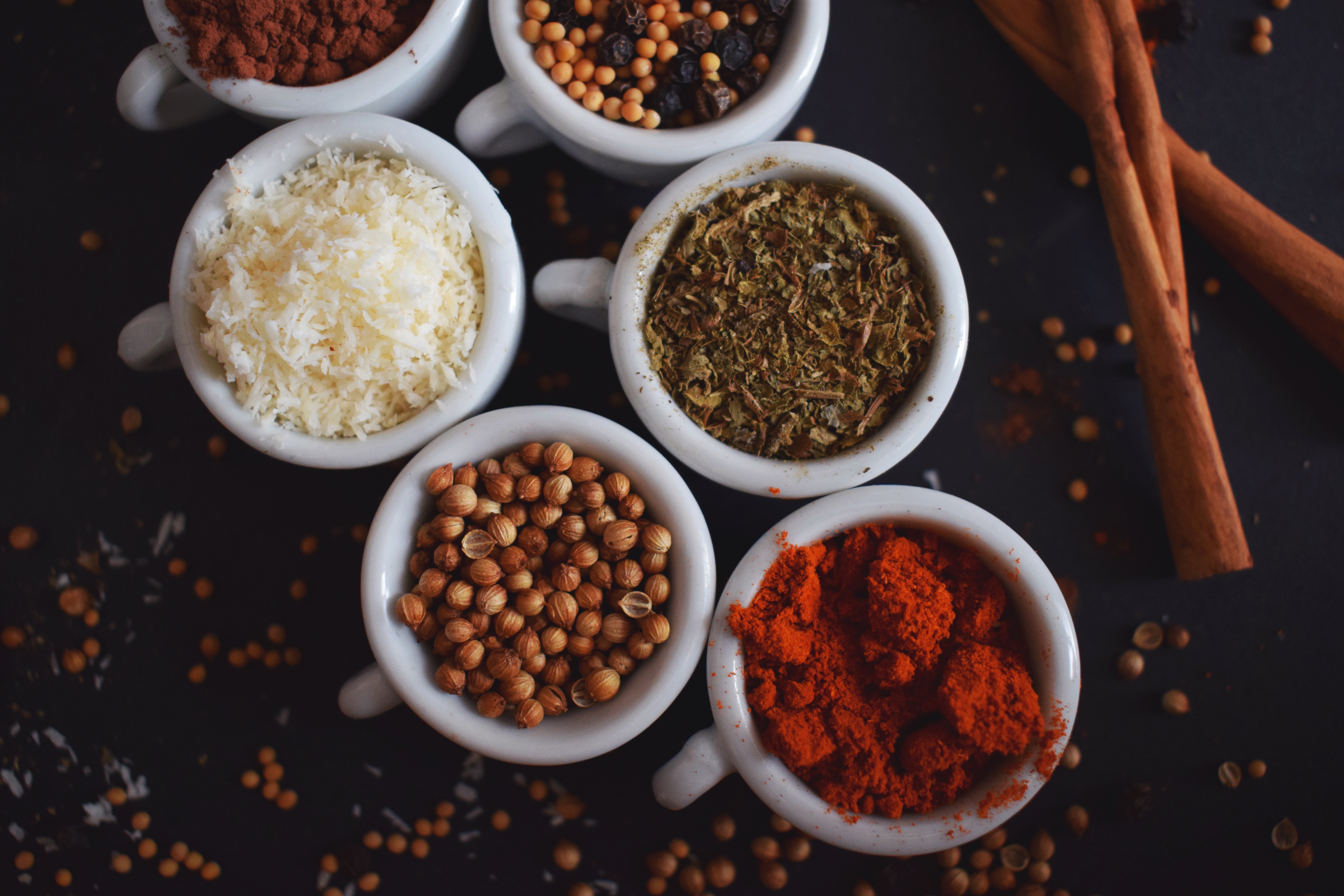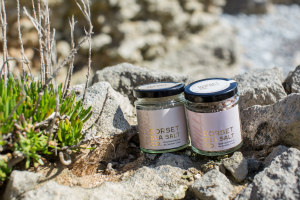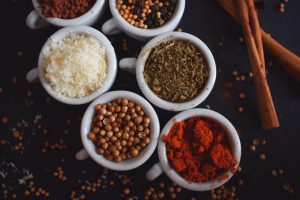
Photo by Andra Ion on Unsplash
Adding herbs to your vegan foods not only can make them taste incredible – they can have wonderful health benefits too!
Read on to learn our best tips for creating new and exciting dishes and for adding pizazz using herbs and spices to the old favourites your love.
Health Benefits Of Herbs
All herbs and spices are vegan as they originate from plants, including flowers, seeds, fruits, leaves, roots, and barks.
First, let’s talk a little bit about the quality of herbs and spices. Besides being low calorie flavour powerhouses, fresh herbs provide distinct health benefits and some even have healing powers.
Many herbs and spices contain antibacterial and antiviral properties. Many are also high in trace minerals and B-vitamins. They contain antioxidants that help prevent disease and improve wellness; here are just a few examples.
Basil
Basil is a very flavourful and diverse herb (typically used in Italian dishes) that can be added to many dishes and recipes. Basil has anti-inflammatory and antiviral properties and is believed to help prevent osteoarthritis. Fresh basil can be used in salads, soups, stews, sauces sprinkled over tofu, and steamed vegetables.
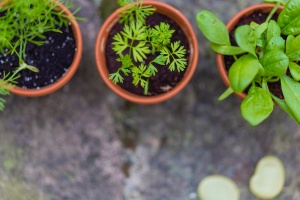
Photo by Markus Spiske on Unsplash
Dill Weed And Seed
Dill has a fresh and unique flavour, and potent antibacterial properties. It is helps to settle upset stomach and queasiness. Fresh, uncooked dill is best for health and flavour. A salad with tomatoes, cucumbers, onion slices, fresh dill, and an oil and vinegar drizzle is an old Russian favourite and tastes really great.
Cayenne Pepper
Cayenne pepper is used medically to increase circulation, and as a cream for joint pain, such as that related to arthritis conditions. Cayenne also revs metabolism, not a lot, but every little bit helps.
Cayenne ads a nutty, smoky flavor to food and of course heat (spiciness). It can be used to add a kick to vegetables, in sauces, soups, tofu stir-fries, and stews.
Mint
Mint is a pungent herb that helps ease nausea and alleviate digestive problems. It is often used in dessert recipes, but also tastes great when used fresh in sauces, salads and in tea.
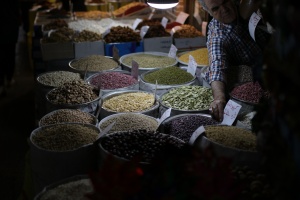
Photo by Max-Jakob Beer on Unsplash
Turmeric
Turmeric is most commonly used in Indian dishes, and becoming more and more popular in kitchens all over the UK. It contains a compound called Curcumin, which is a cancer-fighting agent.
It is widely used as a medicine for those with inflammation and joint problems. Turmeric can be added to vegan curry, soups, stews, sprinkled over vegetables, in sauces and muffins.
Garlic
Fresh garlic is flavourful, diverse, supports heart health, and has anti-cancer properties. Use garlic fresh and raw from the clove no longer than 15 minutes after preparation to prevent the loss of disease fighting anthocyanins that it contains. Garlic can be used in sauces, over salads, grated over steamed vegetables, and in hundreds of recipes to provide great flavour.
Herbs And Plant Based Diets
Fresh herbs are a great addition to many dishes, both raw and cooked. Herbs and spices can add a completely new dimension to an old dish. For instance, you can make a dish Italian, or add an Asian flair with the right combination of spices, let’s look at some of the regionally based spices that will give your dull dish a tasty makeover.
If you’re looking for something reminiscent of your favourite Italian dish, get an Italian flavoured seasoning. Oregano is loaded with antioxidants; it has cancer-fighting agents. It is also a natural antiviral and antibiotic.
The oil and leaves of Oregano are used medicinally to treat body aches, fever, and cold symptoms. You can also make your own blend with staples of Italian cooking that include basil, marjoram, garlic, oregano, rosemary and thyme to create a powerful anti-bacterial, antimicrobial and cancer fighting blend. This blend and Oregano by itself can be used in sauces, stews, over vegetables, in pasta dishes and in salads.
Asian flavours can really change the dynamic of your vegetarian dish. Soya sauce is a fundamental in Asian cooking and is used in all sorts of dishes. Rice Vinegar is another staple that can really change how you feel about boring salad vinaigrette; rice vinegar has a mild sweet tang and is the fundamental for many dipping sauces you find in Chinese foods.
Asian style cuisines often use things like coconut milk to add flavour and smooth creamy texture to soups.
Fresh ginger has a potent, sweet flavour, is often used to make soups, in salads and in marinades. It can be a fantastic addition to a vegan dish or even eaten on its own when marinated. Ginger is great for cleaning the palate.
Never underestimate the power of a properly coupled dish. Some things just go together. Here are some of those great combinations.
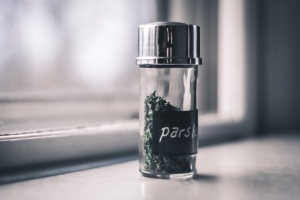
Photo by Steve Johnson on Unsplash
- Asparagus: Lemon, Garlic and Tarragon
- Cauliflower: Chives, Coriander, Sage and even Turmeric
- Mushrooms: Garlic, Marjoram, Nutmeg, Sage, Thyme
- Courgette: Basil and Oregano
- Sweet Potatoes: Allspice Cloves, and Nutmeg
- Potatoes: Rosemary, thyme parsley
These are just a few examples of great pairs you can create with just vegetables alone. Even adding these spices to a standard steamed veggie dish can give a lot more depth and interest to the vegetables themselves.
Another thing to keep in mind is proper seasoning; the use of salt and pepper is designed to bring out the flavours in a dish. Vegan dishes are no exception.
Make sure to add the right amount of salt (not too much) and pepper to your dish to bring out the bright and brilliant flavours the vegetables have to offer.
A Word About Dried Herbs
Dried herbs are more powerful than fresh so be careful to not overdo, an overpowered dish is worse than a bland one. Add dried herbs slowly and make sure to taste, taste, and taste again.
Spices on the other hand, like nutmeg, and bark are almost exclusively used in the dried and often ground forms, they are also potent and should be used in moderation or according to recipe directions.

